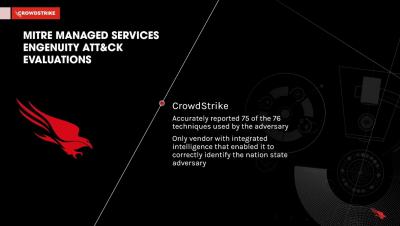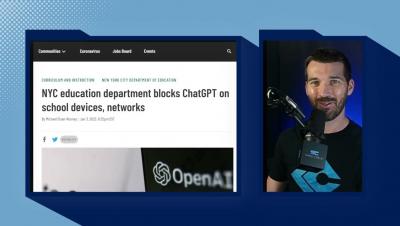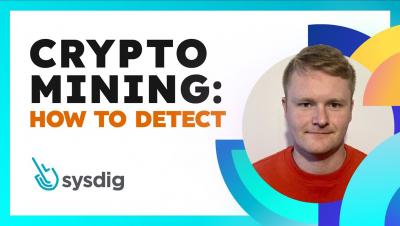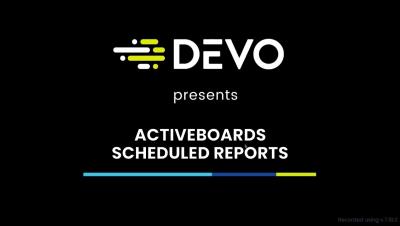What is a data breach?
Data breaches can take many forms, from an unintentional release of information by an unaware employee, to a cyber criminal using stolen login credentials to access sensitive data to a ransomware attack that encrypts a company's confidential information. The types of data that can be involved also vary; it can be personal health information, such as medical records; personally identifiable information like driver's license numbers, financial information, such as credit card numbers; and trade secrets and intellectual property like product designs.











